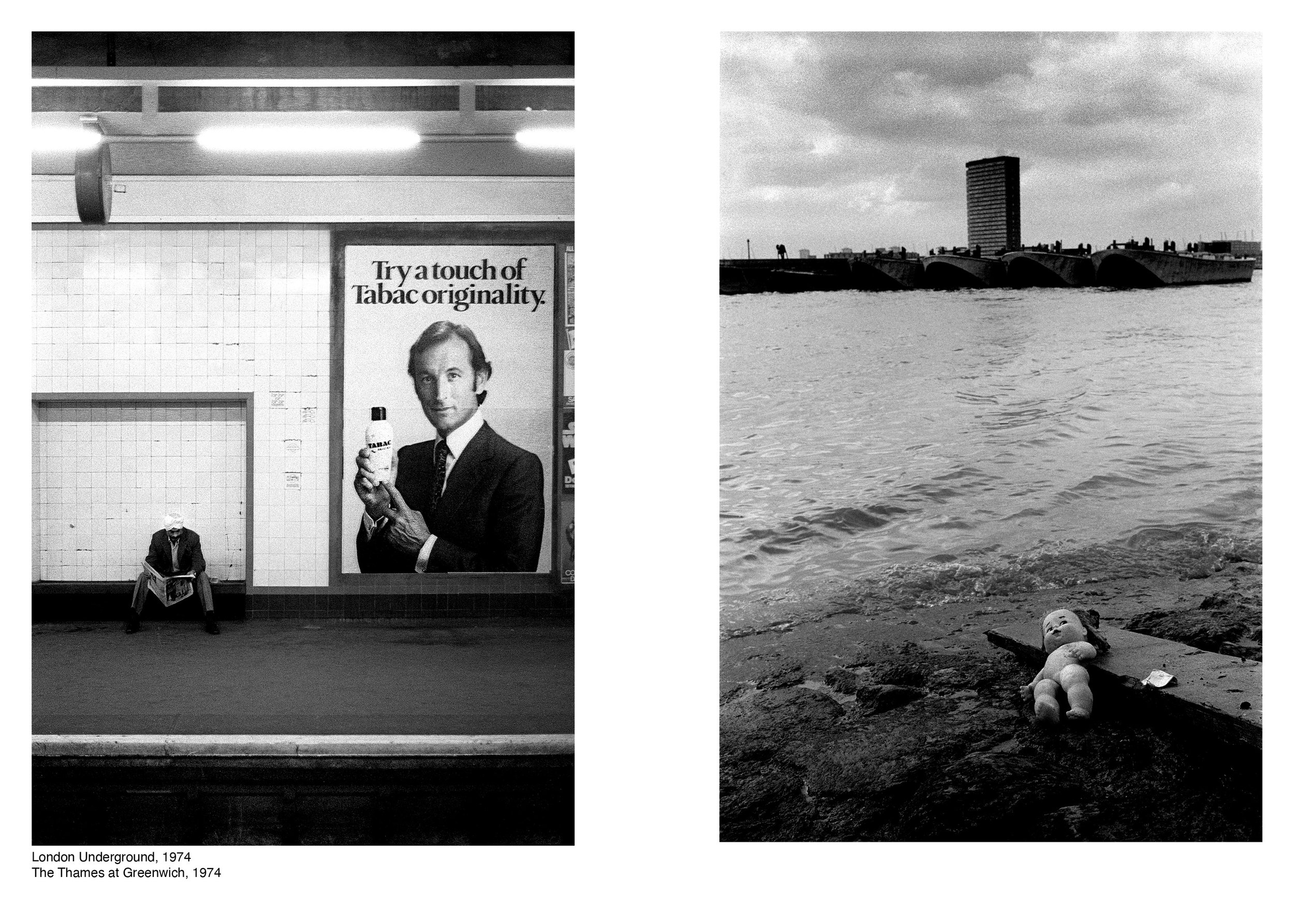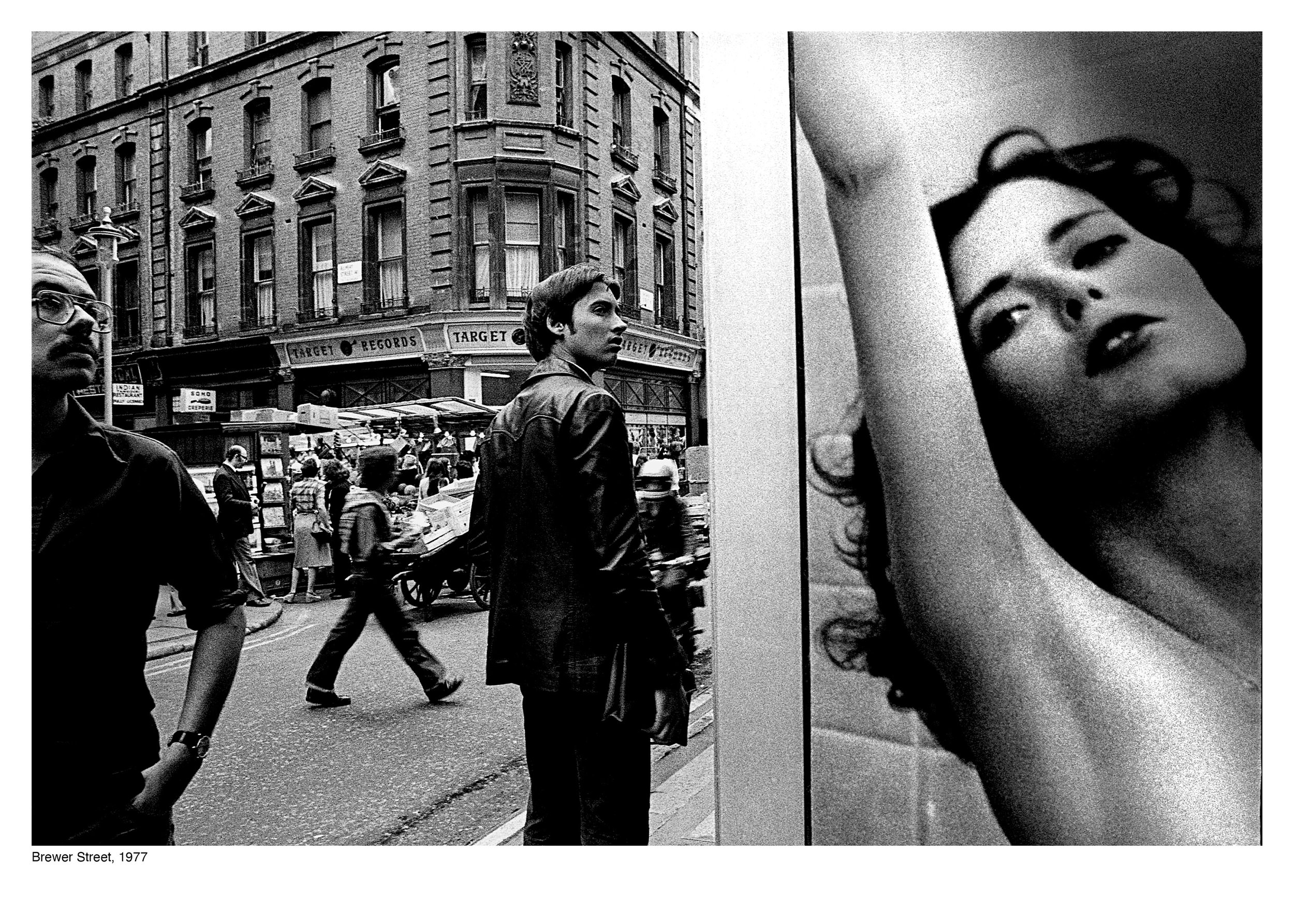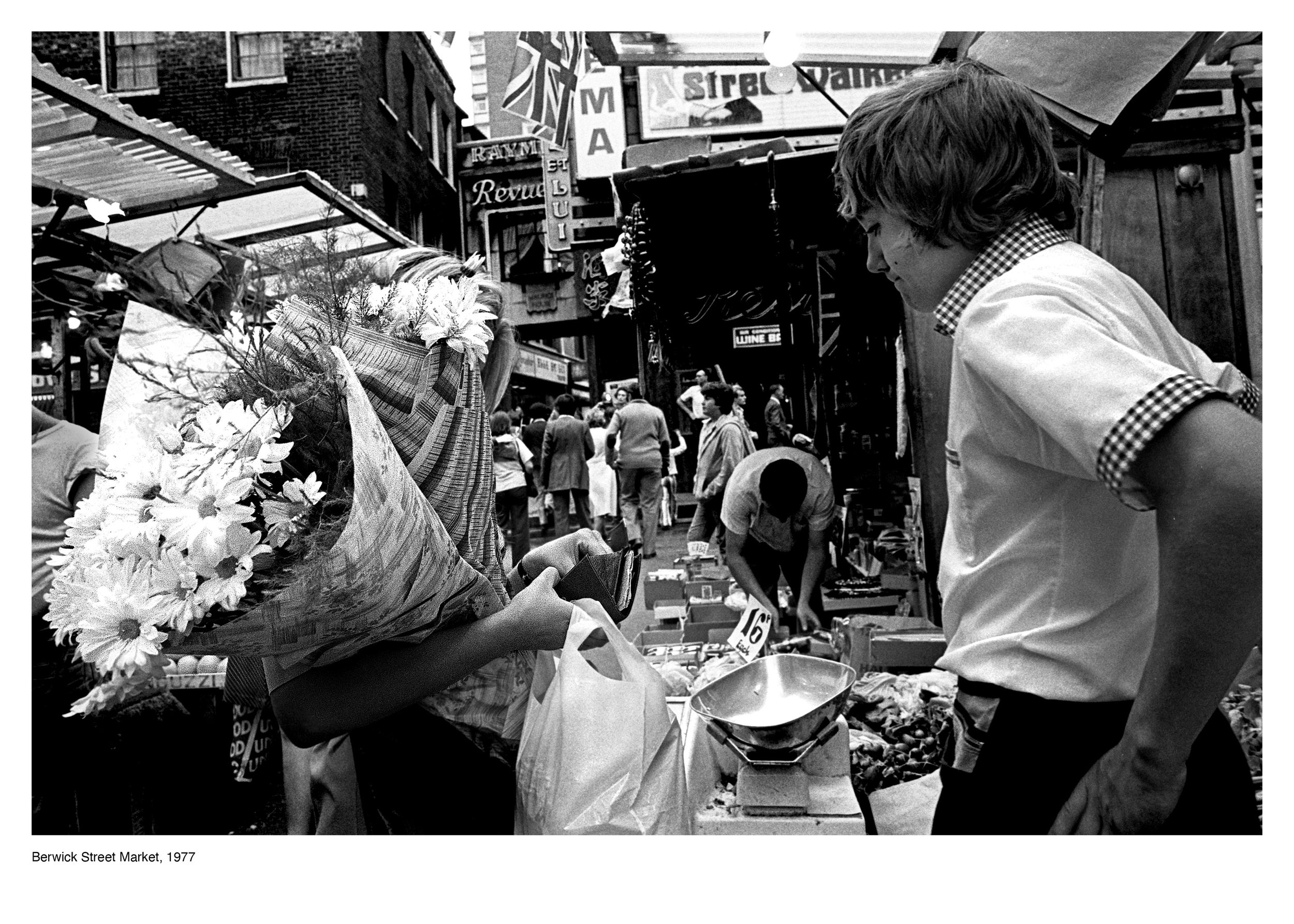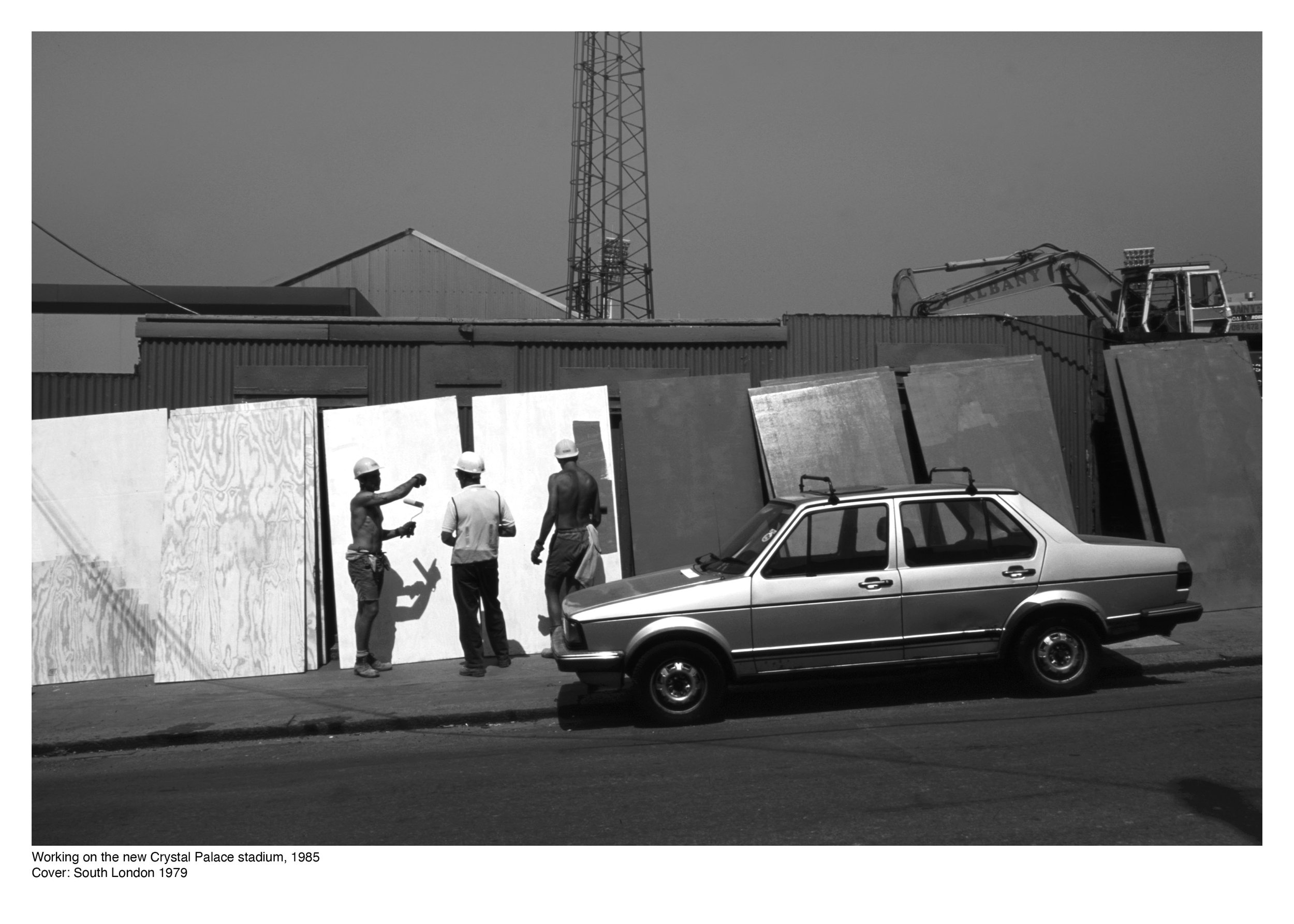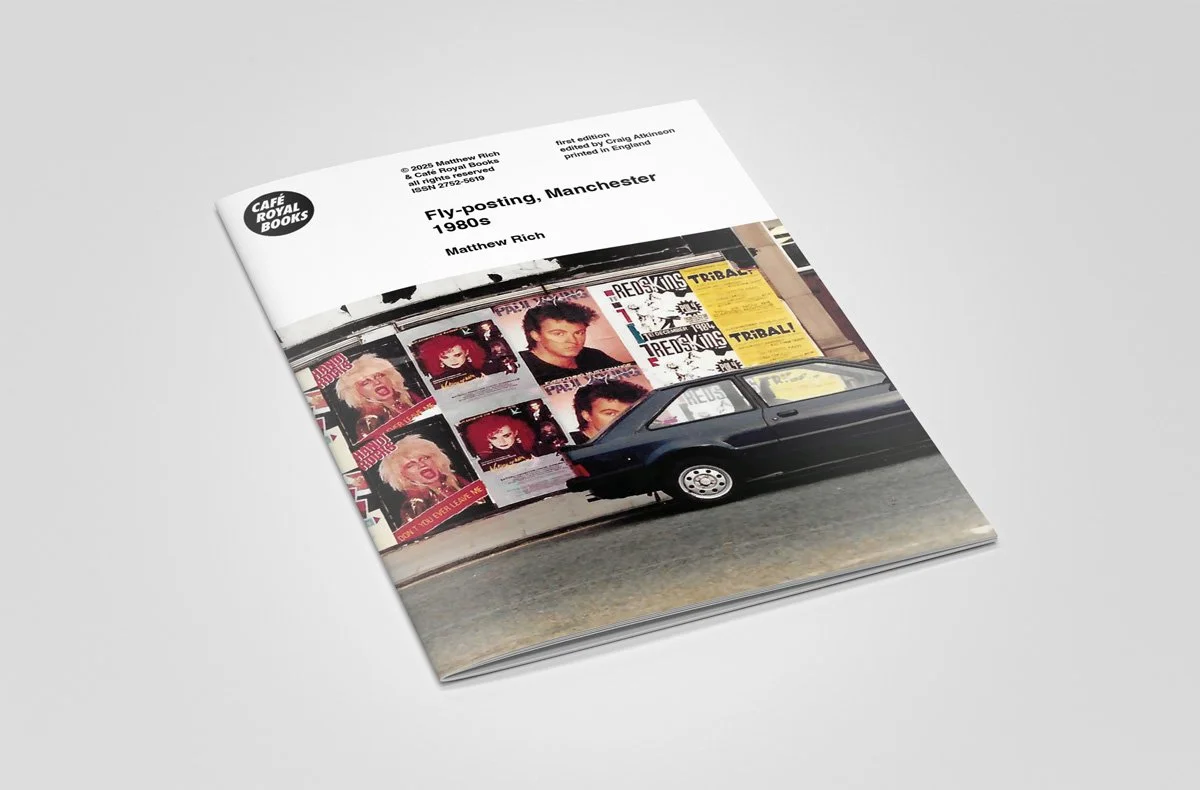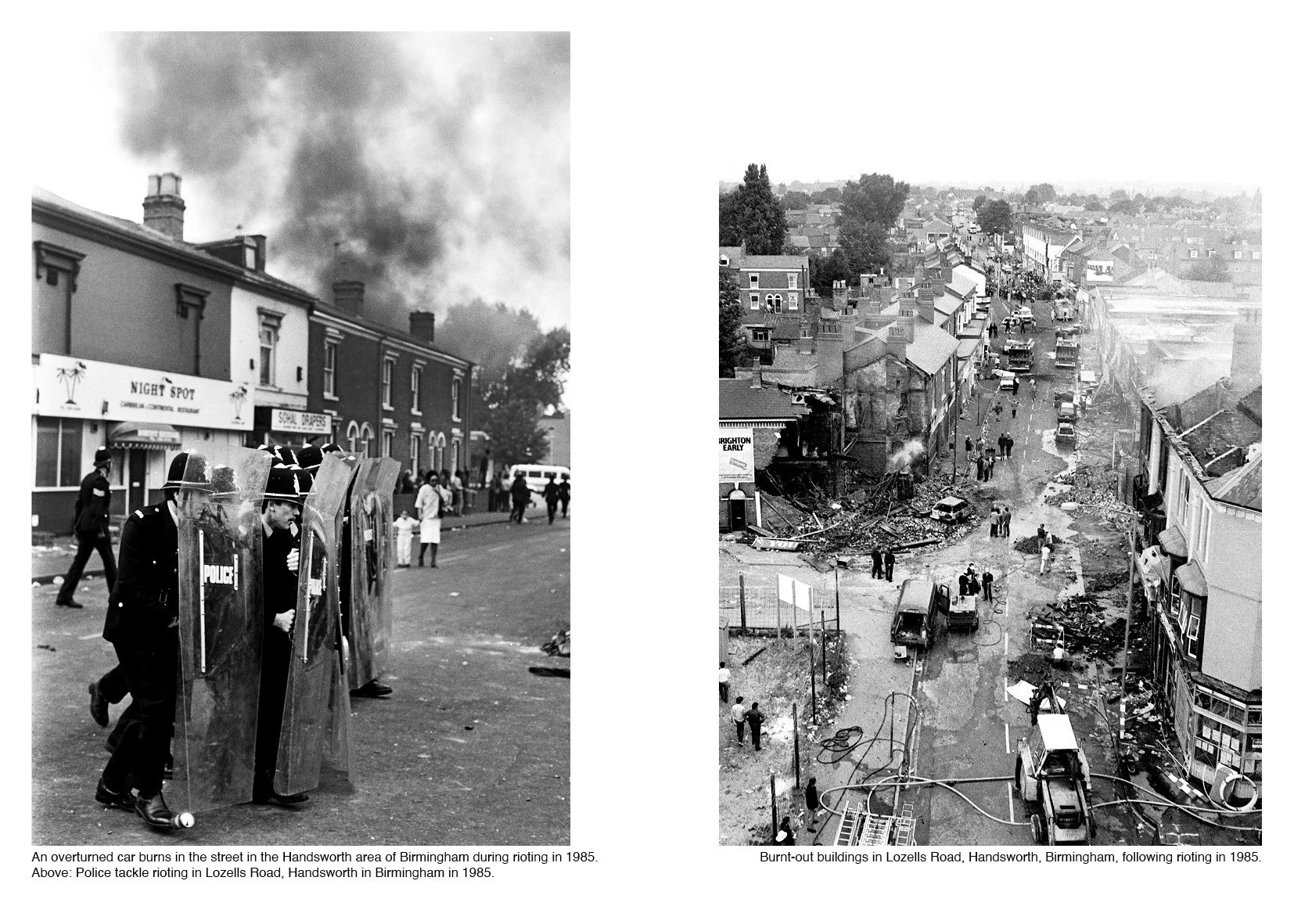 Image 1 of 19
Image 1 of 19

 Image 2 of 19
Image 2 of 19

 Image 3 of 19
Image 3 of 19

 Image 4 of 19
Image 4 of 19

 Image 5 of 19
Image 5 of 19

 Image 6 of 19
Image 6 of 19

 Image 7 of 19
Image 7 of 19

 Image 8 of 19
Image 8 of 19

 Image 9 of 19
Image 9 of 19

 Image 10 of 19
Image 10 of 19

 Image 11 of 19
Image 11 of 19

 Image 12 of 19
Image 12 of 19

 Image 13 of 19
Image 13 of 19

 Image 14 of 19
Image 14 of 19

 Image 15 of 19
Image 15 of 19

 Image 16 of 19
Image 16 of 19

 Image 17 of 19
Image 17 of 19

 Image 18 of 19
Image 18 of 19

 Image 19 of 19
Image 19 of 19




















Peter Brabban — The North East 1966–1982
36 pages
printed in England
staple bound
14cm x 20cm
Newcastle was my home town only in the sense that it was the city my family went to for special shopping or entertainment from our home in Dipton, County Durham. Because of this I only really knew the centre, and not very well at that. The rest of the city I only knew through the windows of a bus, or not at all. I would be exploring the city as much as photographing it.
In 1966 Newcastle was a black city, most of its buildings coated with a skin of soot. Because of this it would be very easy to fall into the trap of stereotyping Newcastle as a dark and grimy northern city. I hoped to escape this by venturing into the Scotswood Road area where the city was being transformed from nineteenth century terraces to twentieth century high rise. I was also on the look out for other signs of modernisation; a dominant theme of the sixties.
What I captured in the photographs was a city on the cusp of change. While high rise blocks were going up in the West End the quayside was crowded with shipping and coal was still being loaded onto ships at the Dunston Staiths. Railways and industry not only crowded the river banks but also nudged right up to the centre of the city. Newcastle was not a place that people from outside the region came to visit and was still very much a Victorian city with working class terrace streets and heavy municipal buildings, but here and there you could see the modern city beginning to emerge such as in the new Civic Centre; in 1966 missing its distinctive bell tower and waiting for the bells to be delivered (the bells eventually arrived in August 1966).
My Newcastle Project took place in August 1966, while I was on holiday at my brothers’ house in County Durham. In a long hot sunny summer, commemorated in a whole raft of songs about sunshine, I chose the only dull week to do my pictures of Newcastle. This had an impact on the pictures, adding to the grittiness that I created by processing the films for contrast and graininess. If I had done the pictures at an earler week in that summer they could have looked quite different. The pictures were taken over a four day period during which time I took nearly two hundred pictures. I used surplus movie stock film in an old Exacta single lens reflex camera. The viewfinder of the camera was so dark it was often difficult to see if the picture really was in focus. Added to this I did not have a light meter and so had to guess the correct exposure; I often got it wrong. Despite these drawbacks I am very proud of the pictures that I took when I was just eighteen years old.
36 pages
printed in England
staple bound
14cm x 20cm
Newcastle was my home town only in the sense that it was the city my family went to for special shopping or entertainment from our home in Dipton, County Durham. Because of this I only really knew the centre, and not very well at that. The rest of the city I only knew through the windows of a bus, or not at all. I would be exploring the city as much as photographing it.
In 1966 Newcastle was a black city, most of its buildings coated with a skin of soot. Because of this it would be very easy to fall into the trap of stereotyping Newcastle as a dark and grimy northern city. I hoped to escape this by venturing into the Scotswood Road area where the city was being transformed from nineteenth century terraces to twentieth century high rise. I was also on the look out for other signs of modernisation; a dominant theme of the sixties.
What I captured in the photographs was a city on the cusp of change. While high rise blocks were going up in the West End the quayside was crowded with shipping and coal was still being loaded onto ships at the Dunston Staiths. Railways and industry not only crowded the river banks but also nudged right up to the centre of the city. Newcastle was not a place that people from outside the region came to visit and was still very much a Victorian city with working class terrace streets and heavy municipal buildings, but here and there you could see the modern city beginning to emerge such as in the new Civic Centre; in 1966 missing its distinctive bell tower and waiting for the bells to be delivered (the bells eventually arrived in August 1966).
My Newcastle Project took place in August 1966, while I was on holiday at my brothers’ house in County Durham. In a long hot sunny summer, commemorated in a whole raft of songs about sunshine, I chose the only dull week to do my pictures of Newcastle. This had an impact on the pictures, adding to the grittiness that I created by processing the films for contrast and graininess. If I had done the pictures at an earler week in that summer they could have looked quite different. The pictures were taken over a four day period during which time I took nearly two hundred pictures. I used surplus movie stock film in an old Exacta single lens reflex camera. The viewfinder of the camera was so dark it was often difficult to see if the picture really was in focus. Added to this I did not have a light meter and so had to guess the correct exposure; I often got it wrong. Despite these drawbacks I am very proud of the pictures that I took when I was just eighteen years old.




